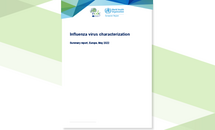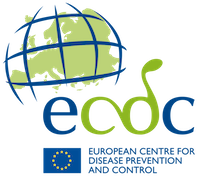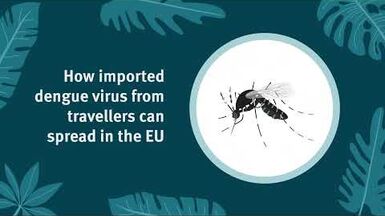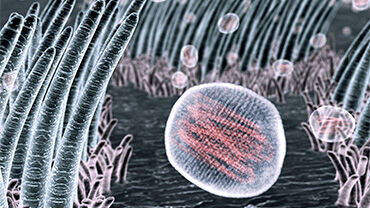Influenza virus characterization - Summary Europe, September 2024
Genetic and antigenic characterization data generated at the Worldwide Influenza Centre for viruses with collection dates from 1 February 2024 until 31 August 2024 informed the WHO influenza vaccine composition meeting (VCM) in September 2024 when recommendations were made for the Southern hemisphere (SH) 2025 influenza season. At the September 2024 VCM it was recommended to change the A(H3N2) vaccine components for the 2025 SH season. Previously, at the February 2024 VCM, which focused on data from viruses collected from 1 September 2023 until 31 January 2024, it was also recommended to change the A(H3N2) vaccine components for the 2024–2025 NH season.
Executive Summary
It is recommended that vaccines for use in the 2025 SH influenza season contain the following:
Trivalent: Egg‑based Vaccines
• an A/Victoria/4897/2022 (H1N1)pdm09‑like virus;
• an A/Croatia/10136RV/2023 (H3N2)‑like virus; and
• a B/Austria/1359417/2021 (B/Victoria lineage)‑like virus.
Trivalent: Cell‑ or recombinant‑based Vaccines
• an A/Wisconsin/67/2022 (H1N1)pdm09‑like virus;
• an A/District of Columbia/27/2023 (H3N2)‑like virus; and
• a B/Austria/1359417/2021 (B/Victoria lineage)‑like virus.
Quadrivalent (egg‑ or cell culture‑ or recombinant‑based vaccines): Above 3 components; and a B/Phuket/3073/2013 (B/Yamagata lineage)‑like virus.
Influenza B/Yamagata‑lineage
No B/Yamagata‑lineage viruses with collection dates after March 2020 have been detected or sequences released in GISAID as of 31 August 2024.
The absence of confirmed detection of naturally occurring B/Yamagata lineage viruses is indicative of very low risk of infection by B/Yamagata lineage viruses. Therefore, it is the opinion of the WHO influenza vaccine composition advisory committee that inclusion of a B/Yamagata lineage antigen in quadrivalent influenza vaccines is no longer warranted, and every effort should be made to exclude this component as soon as possible. A continued effort by all NICs of GISRS is required to identify B/Yamagata‑lineage viruses for detailed characterization to determine if there are any in circulation.
Download







